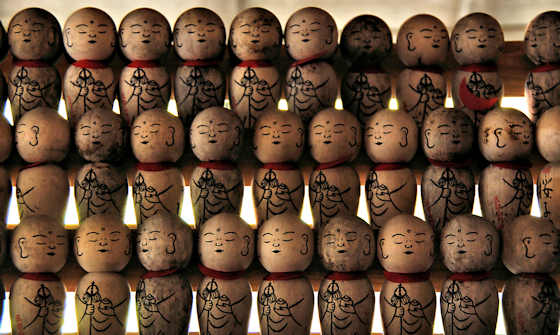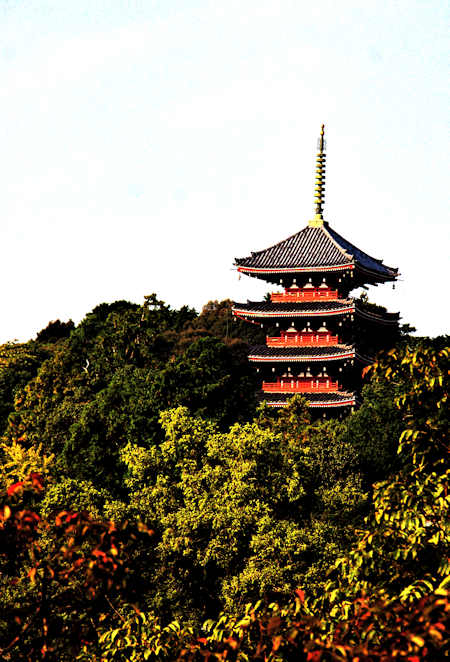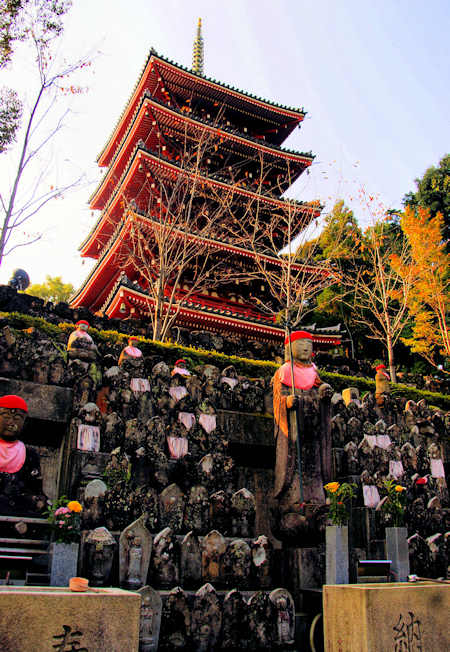Unusual Ema in Japan
Ema, votive plaques, can be found at many shrines and temples and nowadays are usually a standard size and shape, though variations abound. The heart shape is becoming more common and its purpose is fairly obviously to petition for finding a lover. Ema are usually wooden, but these are made of ceramic. The other ceramic ema are in the shape of miniature kawara, rooftiles. Found at Zuiryujimirakumogosho, a small temple on top of Mount Hachiman in Shiga.
These unusual ema I found at the Inari shrine on the hill above Miyajidake Shrine in Fukuoka. The petitioner draws or paints a face onto the blank face of the fox.
These ema at Takeuchi Shrine in Higashi Izumo have a blank human body shape on which you mark which part of your body you have a problem with that you ask for healing.
These spoon shaped ema can be found at many places. They are rice scoops, in Japan sukuu, but the word pronounce the same but written with a different kanji means "save", as in salvation. These are at Rakan-ji, a temple near Nakatsu in Oita.
At Nangu Taisha in Gifu there were the standard shaped ema as well as circular ones and some shaped like toy dogs.






































